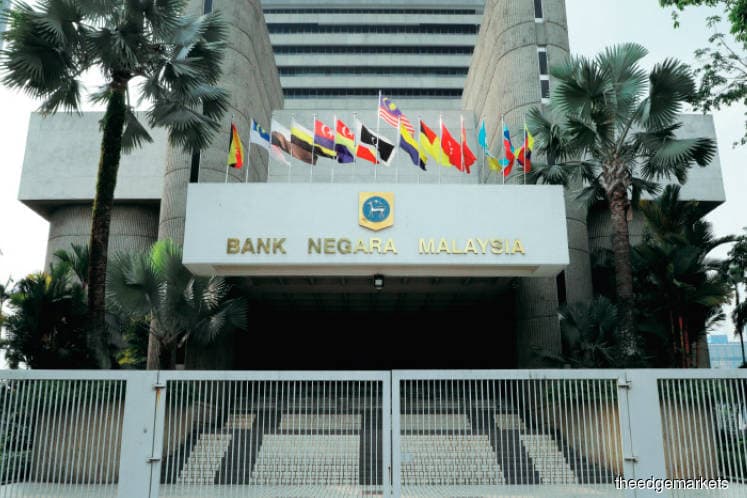
This article first appeared in The Edge Malaysia Weekly on May 4, 2020 - May 10, 2020
This article first appeared as "Cover Story: Expect NPLs to rise" in The Edge Malaysia Weekly, on May 4, 2020 - May 10, 2020.
THE local economy is expected to contract this year with business activity almost at a standstill since the start of the Movement Control Order (MCO) on March 18. The country has lost about RM63 billion in revenue since then, Prime Minister Tan Sri Muhyiddin Yassin announced last Friday.
Even as businesses look forward to the lifting of some of the restrictions under the MCO this week, it is a given that they will not bounce back quickly as consumers are still cautious about venturing out of their homes.
As such, it is worth considering what will happen after Sept 30, when the automatic loan moratorium extended to businesses and individuals ends. Will we see more defaults in the near future?
“In this environment, yes, we should expect to see NPLs (non-performing loans) rise because there will be businesses that will continue to face difficulties,” states Bank Negara Malaysia deputy governor Jessica Chew.
Nevertheless, she points out that the NPL levels for the banking system is at a historical low now. As at end-February 2020, the gross impaired loan ratio for the banking sector stood at 1.57%.
“With low NPL levels and strong buffers backing the banking system, that does [stand] the system in good stead to manage the challenges,” says Chew.
Dr Yeah Kim Leng, professor of economics at Sunway University Business School, believes that delinquency rates might start to edge up slightly even during the loan moratorium period, and potentially spike after it ends.
“As social and business activities are shut down and movements restricted to contain the virus spread, the loss of business income and retrenchments are expected to contribute to the rise in loan defaults.
“The defaults are likely to escalate after the moratorium period, especially if the over-leveraged companies or individuals are unable to continue servicing their debts due to continuing business losses and layoffs,” says Yeah. He adds, however, that a stress test by the central bank has indicated that the banking system can absorb such losses if they materialise.
The 2H2019 Financial Stability Review (FSR) report by Bank Negara released in March highlights that household debt levels had moved up to 82.7% of gross domestic product compared with 82.2% of GDP at the end of June last year. Meanwhile, corporate debt levels had inched down to 99.4% of GDP.
However, how high the delinquency rate will be is a question no one can answer.
Bank Negara’s Chew comments that it is “really very hard to predict” how high NPL levels may rise at this juncture, but she believes there will be more visibility and insight into the situation in a few months’ time.
“But we certainly don’t expect impairments to rise to a level that will threaten financial stability, for all of the reasons we mentioned before. The strong buffers, better quality of loan book and institutional arrangement are all in place to manage the risk of defaults.
“All of these will be critical factors and they put us in a strong position to manage any impact from NPLs,” she explains.
While the risk of higher delinquencies is present, Chew points out that corporate borrowers have been shown to have an interest coverage ratio that was in aggregate 4.6 times as at end-2019, based on the review that was done before the escalation of the Covid-19 situation. She says this is above the prudent level, which is typically about two times.
Even the segments that the central bank has flagged as facing high credit risk — such as oil and gas, palm oil, construction, wholesale retail and trade — registered an interest coverage ratio of above three times.
“Obviously, that picture may change because of the challenges we are facing but they are going into the crisis based on this matrix with financials reasonably healthy. Now, it is about how they adapt,” Chew states.
The small and medium enterprise sector, which has become a concern since the start of the MCO, has seen improvement in terms of its credit profile over the years.
“Some years back, it was about 4%; now the impairment ratio is about 2.7% for the sector. But, this was before Covid-19,” she says.
On the household sector, the FSR report states that household assets have continued to outpace its debts. Meanwhile, the debt-at-risk from the sector remains low at around 5.2% of total household debt.
As many wait in trepidation to see the effects after Sept 30, the hope is that the banking system will continue to be run like a well-oiled machine, with everything in place.
Save by subscribing to us for your print and/or digital copy.
P/S: The Edge is also available on Apple's AppStore and Androids' Google Play.